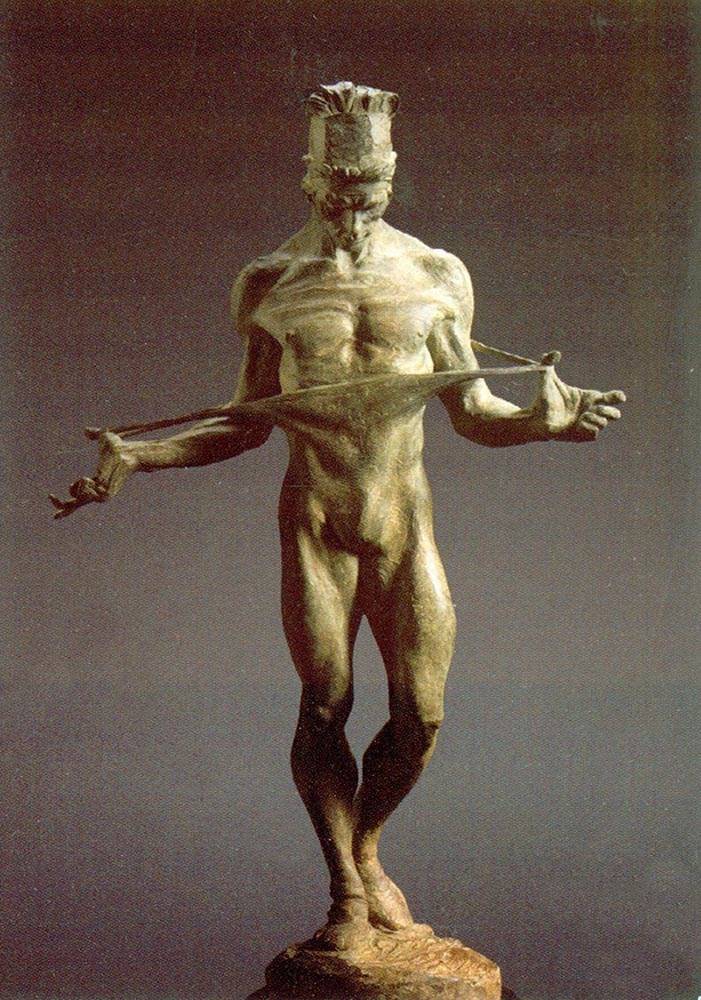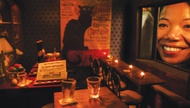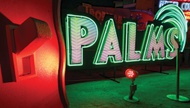Years ago in a Soho gallery, I saw Richard MacDonald’s small bronze statue of Nureyev and found it beautiful and unique. Admiring his work in the lobby of the Bellagio’s O Theatre, I was struck again by its uniqueness and wondered why I was, since dancers and athletes have been the subject of sculptures for centuries. The ancient Greeks revered their athletes, majestically posing them receiving their laurels before immortalizing them in marble; and Italian Renaissance masters chiseled paragons of masculine beauty and strength by casting them as gods and heroes. Centuries later, the French picked up the ball: Rodin’s monumental figures bent in thought or writhing in agony, Degas’ poignant bronzes of pubescent girls trying to master ballet fundamentals, Carpeaux’s scandalously erotic nudes adorning the Paris Opera House.
MacDonald is a different animal, though, and his choice of models is key. They are professional dancers and athletes (the cast members of O are featured prominently) who have devoted their lives to perfecting their craft and molding their bodies into powerful and agile instruments. They contort and cavort to amuse and delight—their forebears the revelers of antiquity who frolicked through the sylvan woods with sexual abandon. But unlike their antecedents, MacDonald’s figures are not sexy. Their difficult poses connote discipline, not eroticism. And in spite of their well-developed musculature, they’re not macho; their poses and gestures are feminine and delicate. They balance on pointe, crook their pinkies and bend their wrists.
The Details
- The Art of Richard MacDonald

- Daily, 10 a.m.-11 p.m., free.
- Bellagio’s O Theatre lobby, 730-3990.
- Richard MacDonald
- The Art of Richard MacDonald
I was delighted by them all, but “Nureyev” remains my favorite. MacDonald’s early career as an illustrator has made him alert to details of gesture and facial expression. Standing on powerful legs, arms akimbo, “Nureyev” is a classical balance of vertical and horizontal, and the sight of him stretching and pulling his leotard straps with hooked thumbs to expose his chest and shoulders excites the viewer’s imagination by suggesting his previous exertions.
I have one gripe. The bronzes are cast in three sizes: one-third life-size, one-half life-size and larger-than-life “monuments,” which I found grotesque, since monuments traditionally commemorate someone or something important and connote stability. MacDonald’s joyful figures weren’t conceived as monuments, but transposed for nonaesthetic reasons (see: $$$), and thereby lose the very qualities that make them precious—their lightness and grace. If MacDonald’s sculptures memorialize anything it is joy, and that’s enough for me.





Previous Discussion: